by Brandy Abalos
Our homes are meant to be our sanctuaries, places of comfort and security. However, hidden dangers can lurk within our familiar surroundings, creating unexpected risks. Proactive identification and remediation of these hazards are essential for creating a truly safe home environment.
The Whole House Safety Overview
Before diving into specific rooms, let’s address some overarching safety concerns that apply to the entire house.
Smoke Detectors
Functioning smoke detectors are paramount. Install them on every level of your home, inside and outside bedrooms, and in the hallway. Test them monthly and replace batteries annually (or as recommended by the manufacturer). Consider interconnected detectors so that when one alarm sounds, they all sound. Replace detectors every 10 years.
Carbon Monoxide Detectors
Carbon monoxide (CO) is a colorless, odorless and deadly gas. Install CO detectors on every level of your home, especially near sleeping areas and attached garages. Test them monthly and replace batteries annually (or as recommended by the manufacturer). Replace detectors every 5-7 years, or as recommended by the manufacturer.
Fire Extinguishers
Keep a multi-purpose fire extinguisher readily accessible in the kitchen, garage and near any fireplaces. Learn how to use it (remember the PASS acronym: Pull, Aim, Squeeze, Sweep) and ensure everyone in the household knows how to operate it. Have extinguishers inspected annually.
Electrical Safety
Check for frayed wiring, loose outlets and overloaded extension cords. Replace any damaged cords immediately. Use surge protectors for electronics. Ensure all outlets are properly grounded. Consider having an electrician inspect your wiring if you live in an older home.
Security System
While not strictly a “safety” hazard in the traditional sense, a security system can deter intruders and alert you to potential dangers, like fires or gas leaks. Consider installing a system that includes door and window sensors, motion detectors and alarms.
Emergency Plan
Develop a family emergency plan that includes escape routes for different scenarios (fire, earthquake, etc.), a designated meeting point outside the home and contact information for emergency services. Practice the plan regularly with everyone in the household.
First Aid Kit
Keep a well-stocked first aid kit readily available and ensure everyone in the household knows where it is located. Regularly check the kit and replace any expired items.
Radon Testing
Radon is a naturally occurring radioactive gas that can seep into homes and cause lung cancer. Test your home for radon and mitigate if levels are high.
Lead Paint
If your home was built before 1978, it may contain lead-based paint. Lead paint is hazardous, especially to young children and pregnant women. Consider having your home tested and remediated by a certified professional if necessary.
Asbestos
Similar to lead paint, asbestos, often found in older insulation and building materials, is a health hazard. If you suspect asbestos in your home, consult with a qualified professional for safe removal.
Room-Specific Hazards and Solutions
In addition to safety strategies for your entire house, there are some things you should focus on in each room.
Kitchen
- Burn Hazards: Keep pot handles turned inwards to prevent accidental knocking. Use oven mitts when handling hot cookware. Keep children away from the stove and oven while cooking.
- Slip and Fall Hazards: Clean up spills immediately. Use non-slip mats in areas prone to getting wet. Keep floors clear of clutter.
- Cuts and Lacerations: Store knives and other sharp objects in designated areas, preferably with safety guards. Use a cutting board when chopping food.
- Food Safety: Practice proper food handling techniques to prevent food poisoning. Store food at appropriate temperatures and discard expired items.
- Appliance Safety: Regularly inspect appliances for damage or malfunctions. Unplug appliances when not in use.
Bathroom
- Slip and Fall Hazards: Install grab bars in the shower and near the toilet. Use non-slip mats in the shower and on the bathroom floor.
- Scalding Hazards: Set the water heater temperature to no higher than 120°F (49°C). Supervise young children in the bathtub.
- Electrical Hazards: Keep electrical appliances away from water. Use ground fault circuit interrupters (GFCIs) in bathrooms to prevent electric shock.
- Medication Safety: Store medications in a secure location, out of reach of children. Dispose of expired medications properly.
Living Room/Family Room
- Trip Hazards: Keep furniture arranged to allow for clear pathways. Secure loose rugs and carpets. Tidy up toys and other clutter.
- Fireplace Safety: Ensure the fireplace is properly maintained and cleaned annually. Use a fireplace screen when a fire is burning. Never leave a fire unattended.
- Window Safety: Install window guards or safety locks, especially on upper floors, to prevent falls.
- Cord Safety: Secure loose cords from blinds and curtains to prevent strangulation hazards for children.
Bedrooms
- Suffocation Hazards: Keep cribs free of soft bedding, pillows and stuffed animals. Ensure children’s clothing doesn’t have drawstrings that could pose a strangulation risk.
- Fall Hazards: Keep nightlights in bedrooms to illuminate pathways at night. Ensure beds are at a safe height.
- Carbon Monoxide Poisoning: Ensure CO detectors are installed and functioning properly, especially near sleeping areas.
Garage
- Chemical Storage: Store chemicals, paints and other hazardous materials in clearly labeled containers and out of reach of children.
- Tool Safety: Keep tools organized and stored properly. Wear appropriate safety gear when using power tools.
- Fire Hazards: Keep flammable materials away from heat sources.
- Vehicle Safety: Be cautious when entering and exiting the garage, especially when the garage door is opening or closing.
Outdoors
- Pool Safety: If you have a pool, ensure it is properly fenced and gated. Never leave children unattended near the pool, and learn CPR to be prepared in case of an emergency.
- Playground Safety: Inspect playground equipment regularly for damage or hazards. Ensure children are using age-appropriate equipment.
- Trip Hazards: Keep walkways clear of debris and overgrown vegetation.
- Pest Control: Take measures to prevent pest infestations.
Regular Inspections and Maintenance Are Also Essential
Regularly inspect your home for potential hazards. Develop a maintenance schedule for testing smoke and CO detectors, replacing batteries, inspecting fire extinguishers and cleaning gutters. Address any issues promptly.
By diligently addressing these potential hazards and implementing the recommended safety measures, you can create a truly safe and comfortable home for yourself and your family. Remember, home safety is an ongoing process, not a one-time event. Stay vigilant, be proactive and make safety a priority in your home.


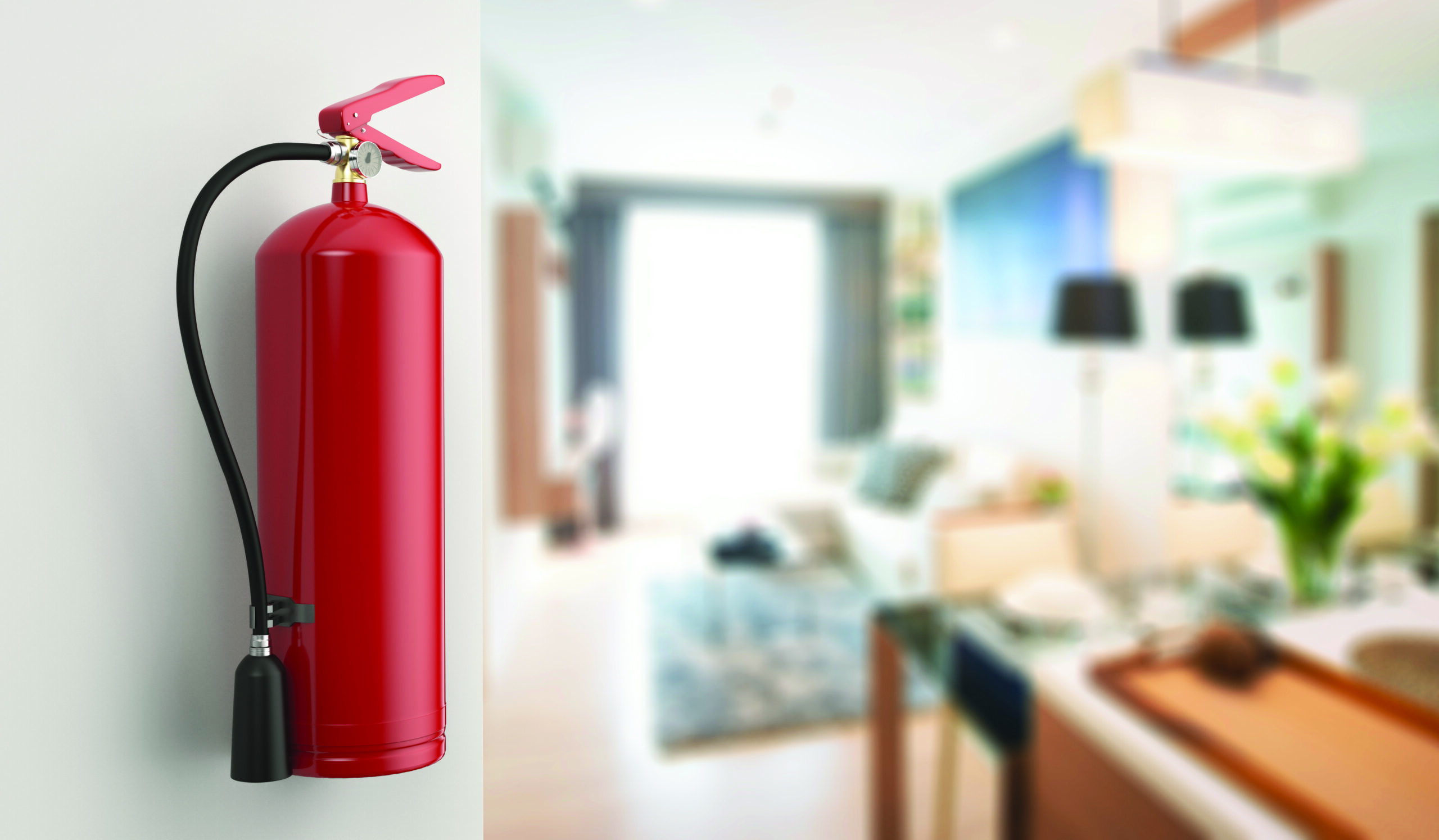
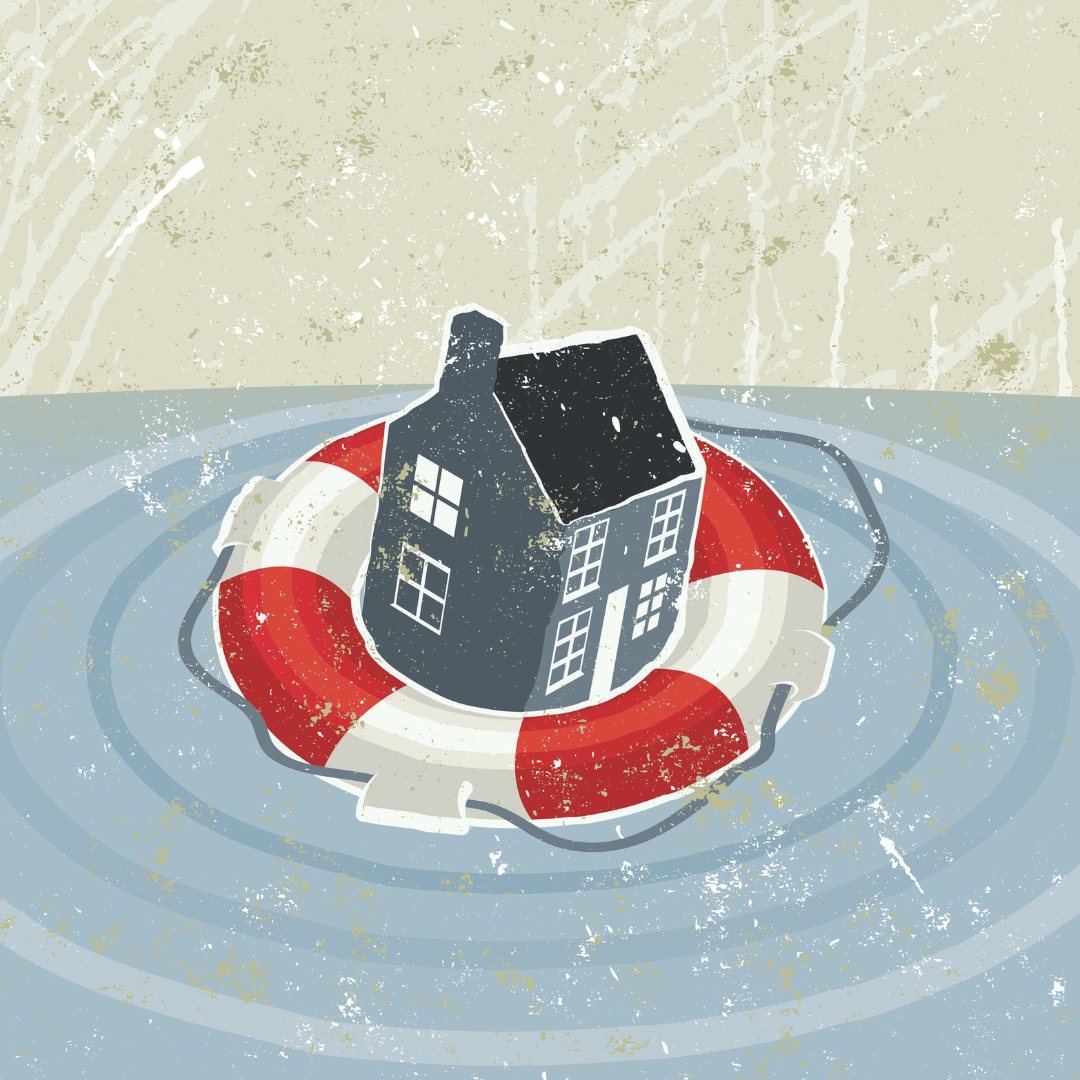
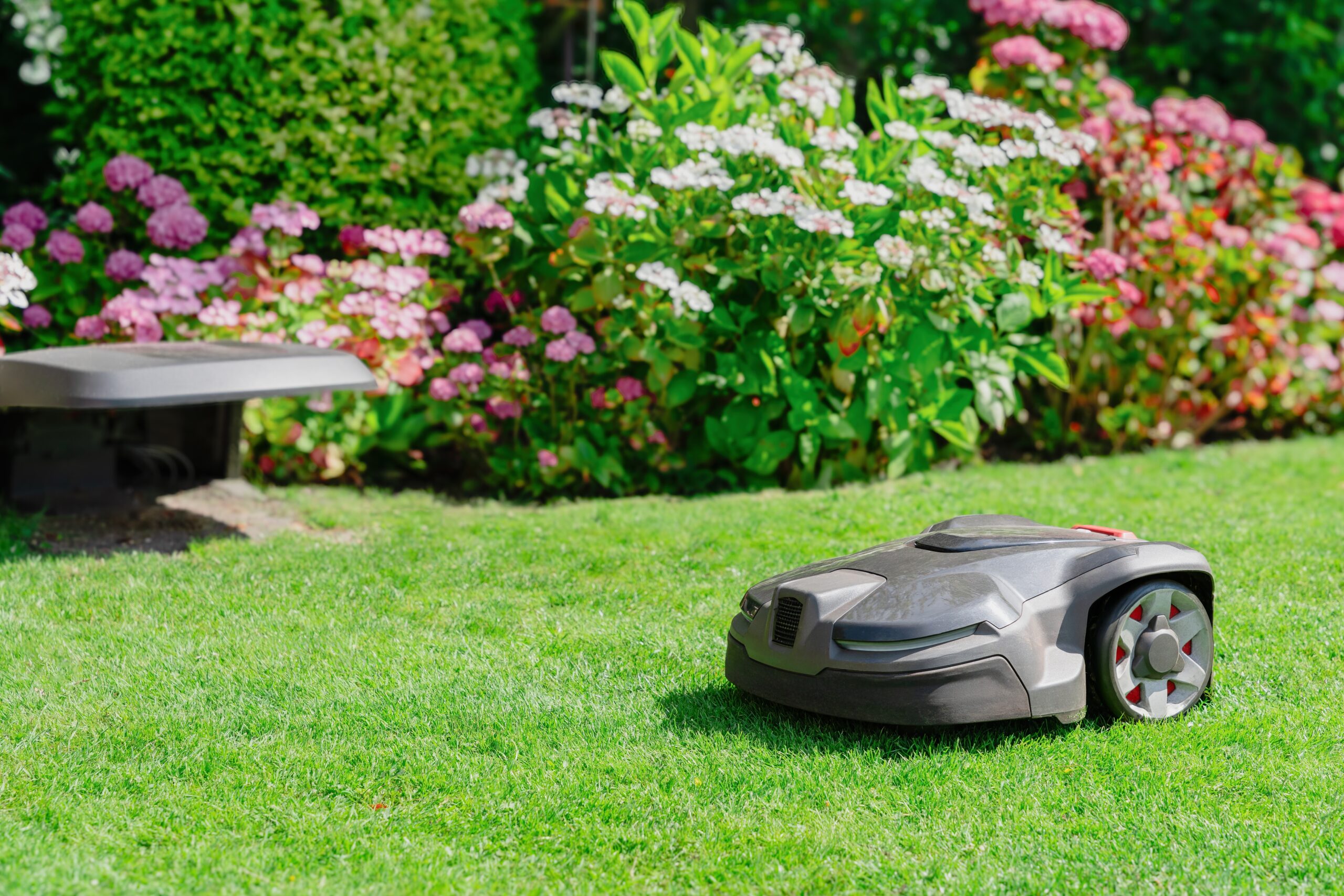
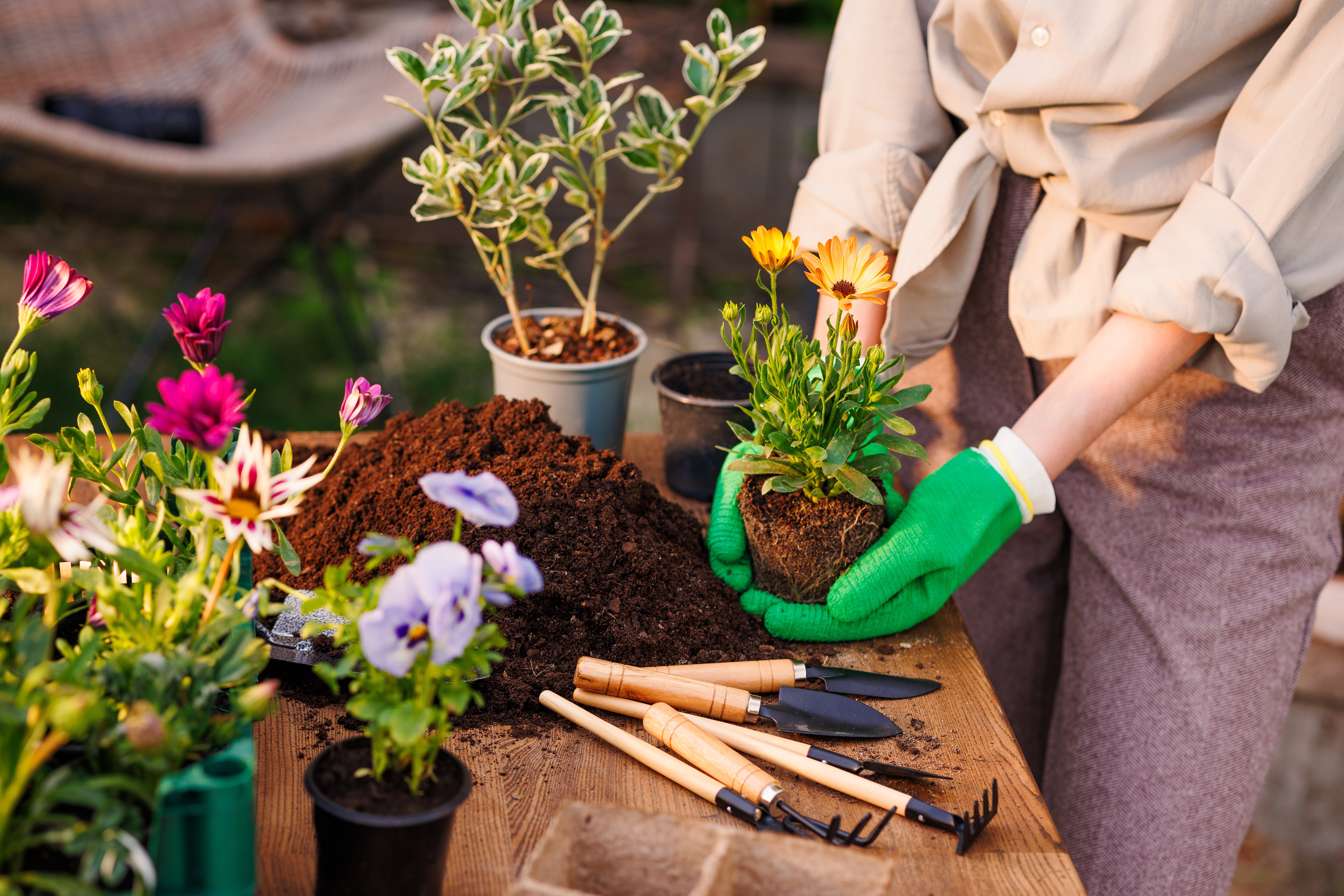
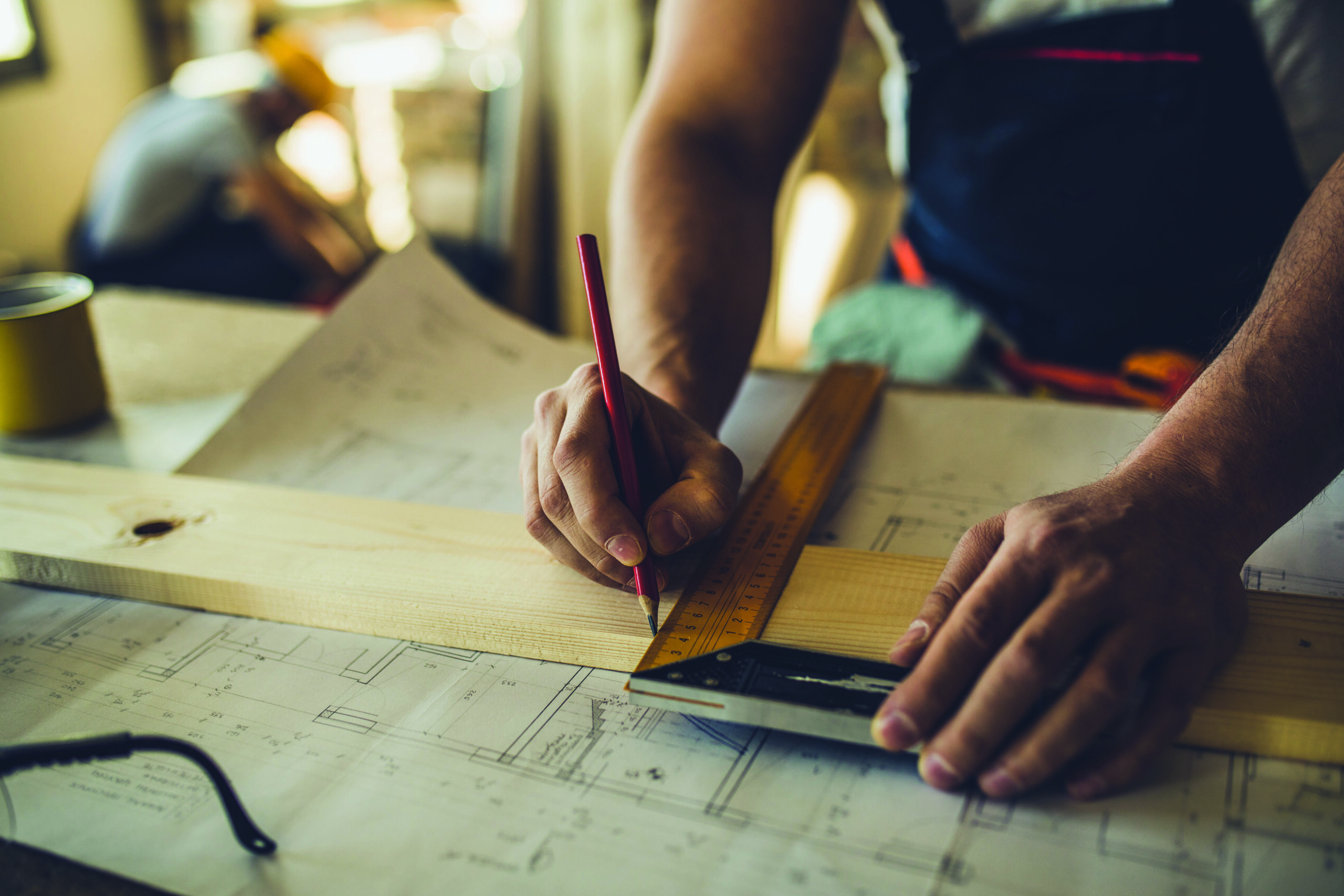
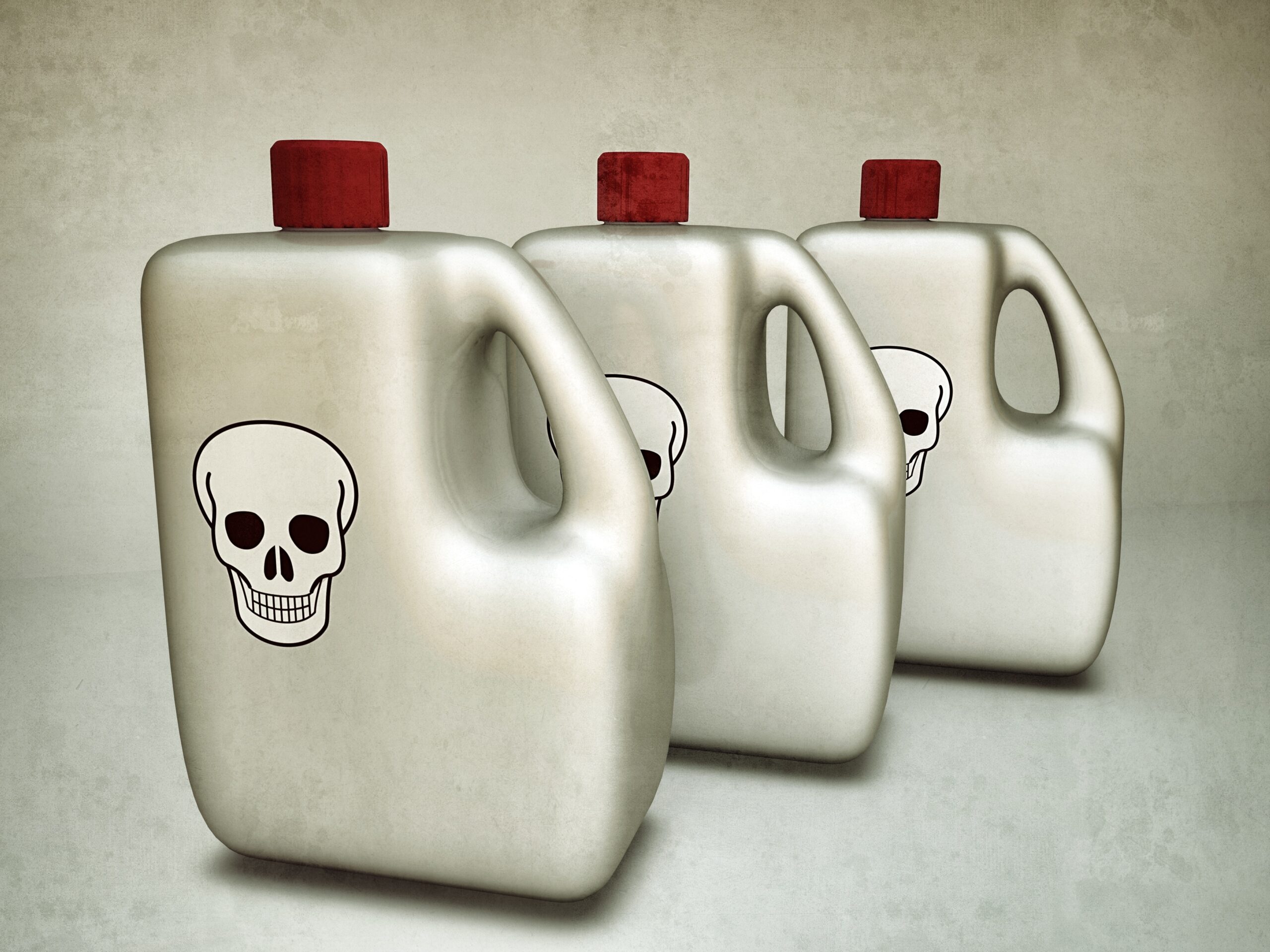
Leave A Comment